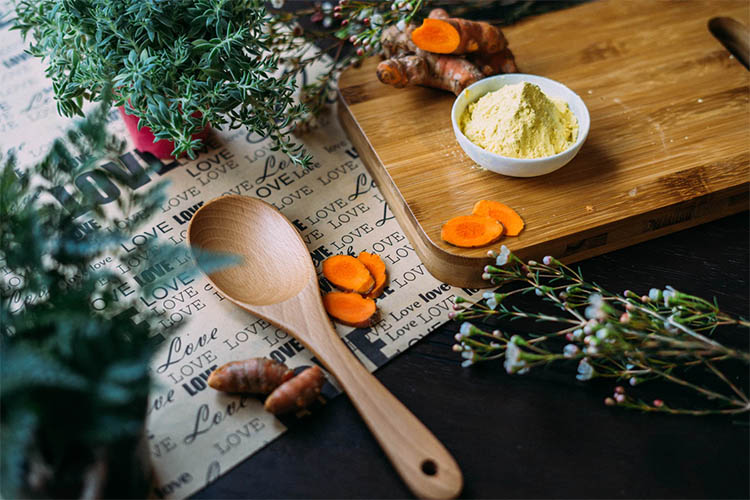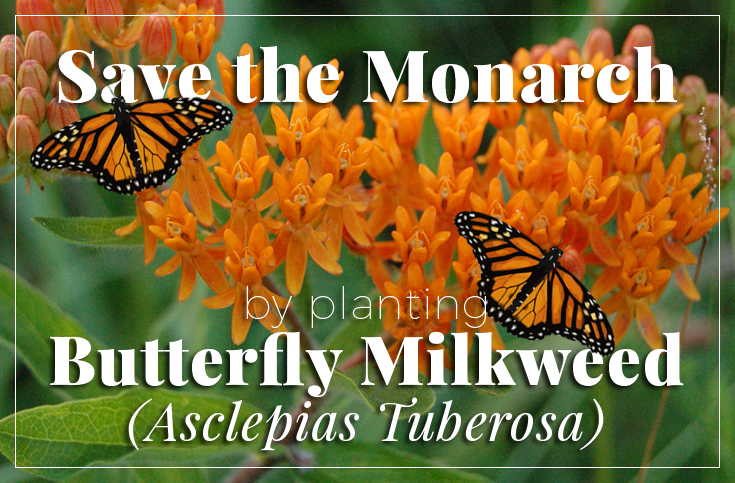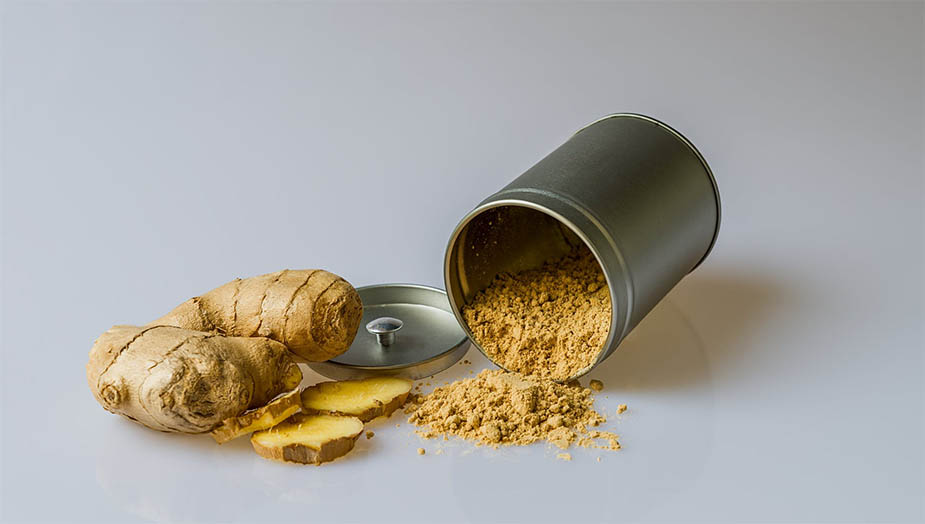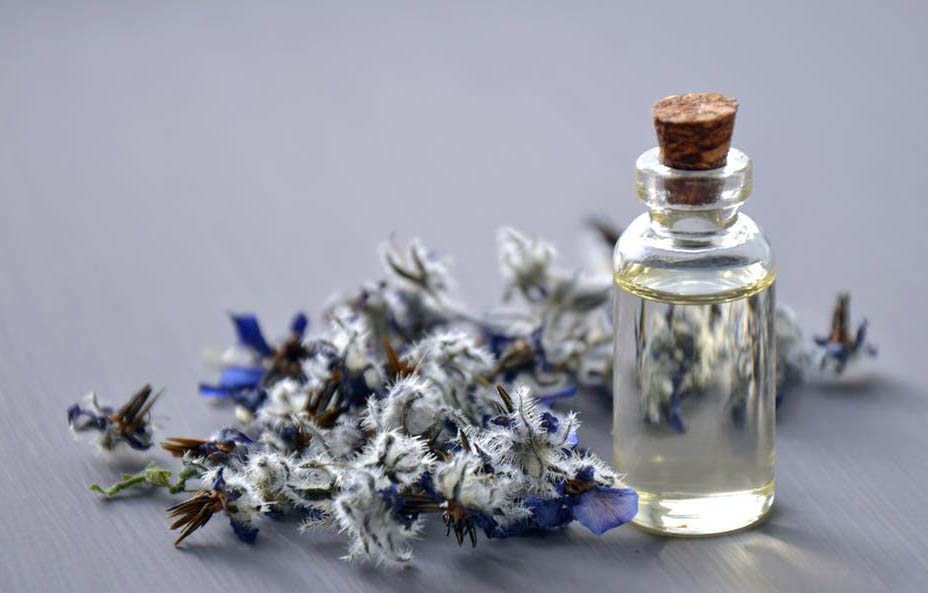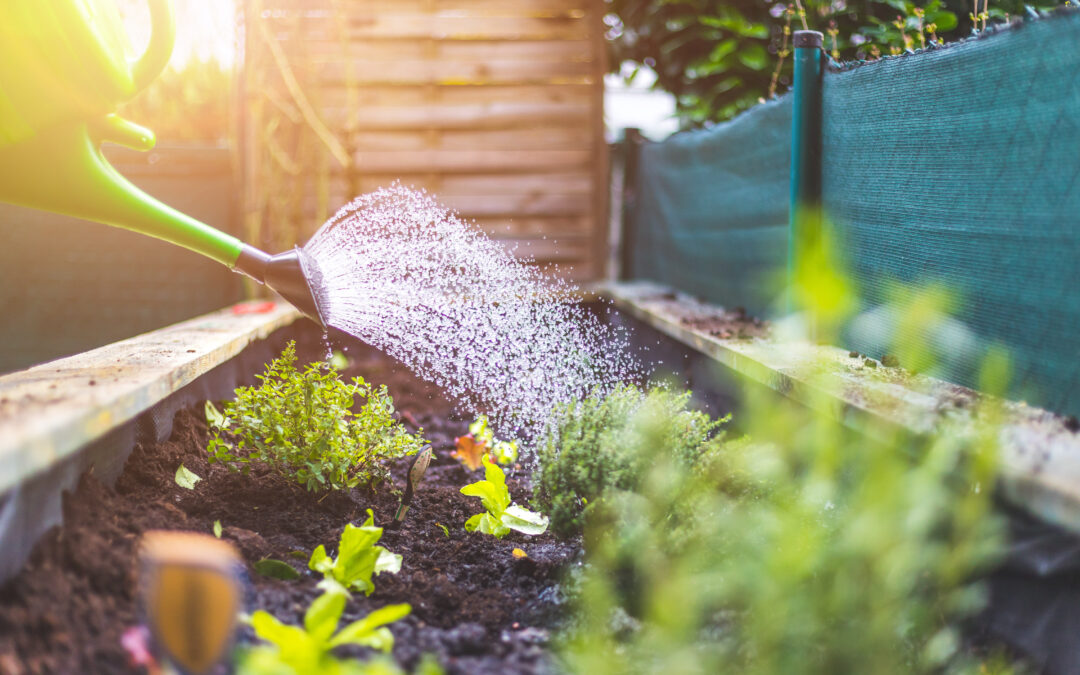
A Time to Plant, Fall Herb Gardening
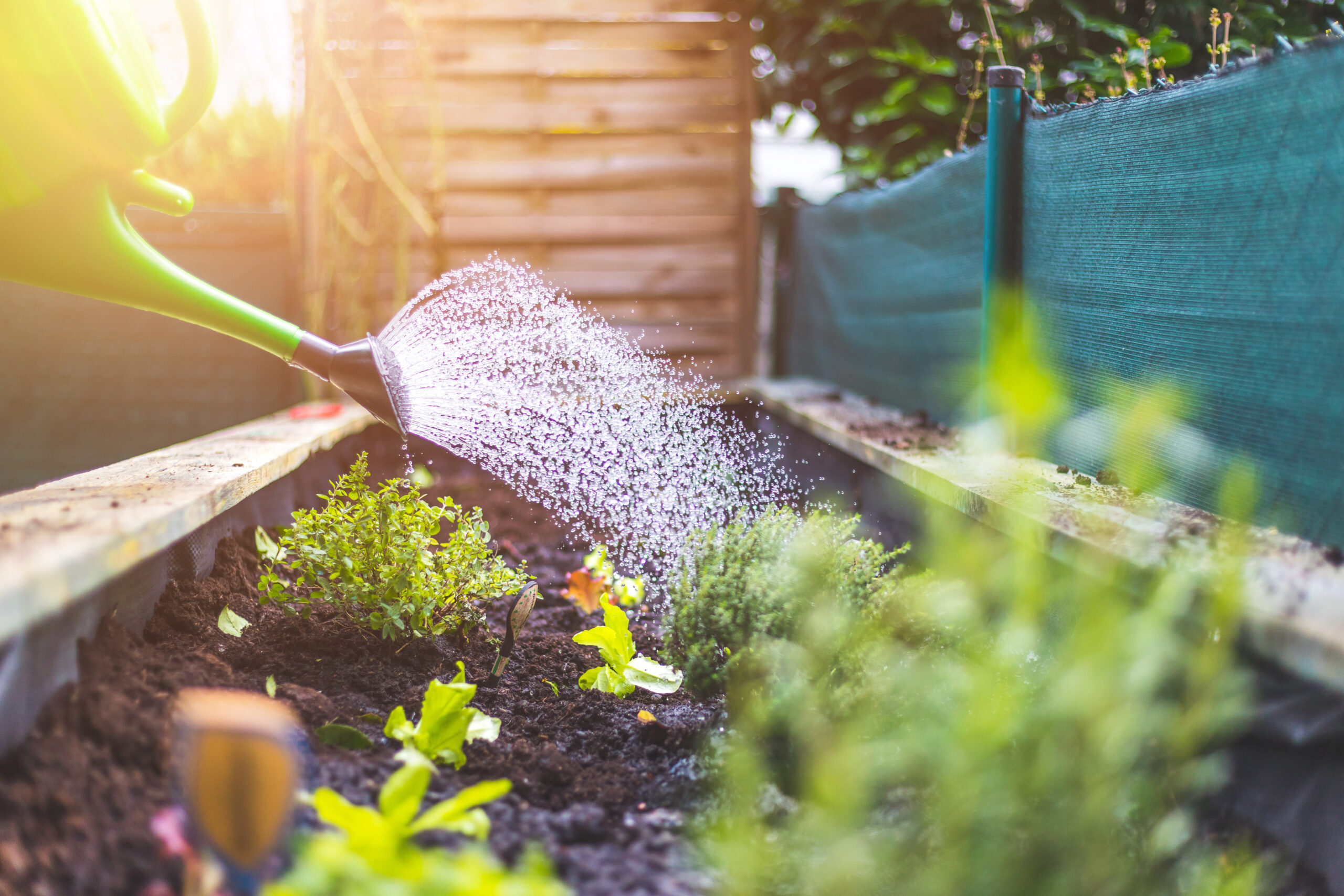
Spring: The Fickle Season
Ah, Spring ~ the fickle season. Bringing us out on a lovely day then slapping us back inside with an unexpected snowstorm. “Cover the__” – {you can fill in the blank!} And on the other side of spring, another lovely day followed by a scorcher “Water the __” {and fill in the blank!}
Spring is such a frenzied time for a gardener, and so many of us, tired of the dreary winter, tend to jump the gun and live to regret it. Yes, even veteran gardeners give into emotion when we see all of those bright annuals luring us into the garden center in March. What we don’t see, however, is their weary staff trying to hustle carts back into the greenhouses in the evening after a snap frost has been forecasted. Or, planting early when the soil is still cold, being frustrated by no growth.
Fall: The Stable Season
Let’s talk about the less emotional side of autumn. If Spring is a drama queen, then Fall is the more stable sister season; less intense in terms of mood swings. We glide into cooler days, cooler air temperatures are easier of plants, the soil remains warm and allows roots to grow longer than the spring, up until a freeze. Plants can devote their energy to growing tough, strong and healthy root systems. Harvesting herbs in the fall is a joy. The sun is less intense in the fall, and not only is that better on the plants, what about the gardener?
Pre-Order Fall Plants
These plants ship in the Fall, pre-order today as plants will not last!
Fall Planting Is For The Grower Too
Right now, in mid-summer in Zone 7A, I find myself gardening in the very early morning and harvesting late, almost dusk. It’s hot and humid in my garden, and I’m at war with all of the pests and diseases and weeds that are just waiting to invade. Honestly, gardening in July is a challenge.
In autumn, your biggest challenge is keeping those pesky falling leaves at bay with a leaf blower, but one the biggest advantages is the lack of insects. Give me the cool and pest free days of autumn. Sure, there are mosquitos and a few other challenges, but I’m much better equipped to deal with them in autumn. Right now, they just make me cranky!
As we begin growing our Fall Crop, over 150 different herb plants, we turn our attention to helping our customers understand the value of growing in autumn.
Many culinary herbs grow best in the fall season. Take some time to review the plants we offer, think about your own wants and needs in both fall and spring … and summer, and realize that planting these herbs in the fall not only gives them the best start, but it provides you with both a fall and spring/summer crop as well as gives you the opportunity to garden at what we think is the BEST time of year!
The Beauty of Fall
Following the progression of the seasons and anchoring us to nature’s rhythm, even if we can only follow a few moments a day. But those few minutes are enough to relax our thoughts, lower our blood pressure and give us a restart; recharging us to take on the day! We at The Growers Exchange believe everyone should have their own little garden spot, no matter how big or small. Whether you have ten acres or ten inches, we know how important gardening can be. Your outdoor plot or indoor pot can sometimes be the only oasis in a busy day of fast paced living. We applaud your green thumb, and if you have one, we have an interesting assortment of plants, we can help beginners, and as always, we send healthy, well rooted plants. Our success depends on your garden success; we want to help you grow!

